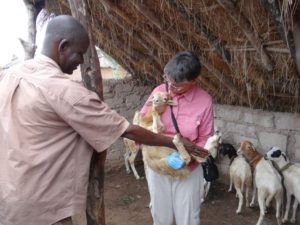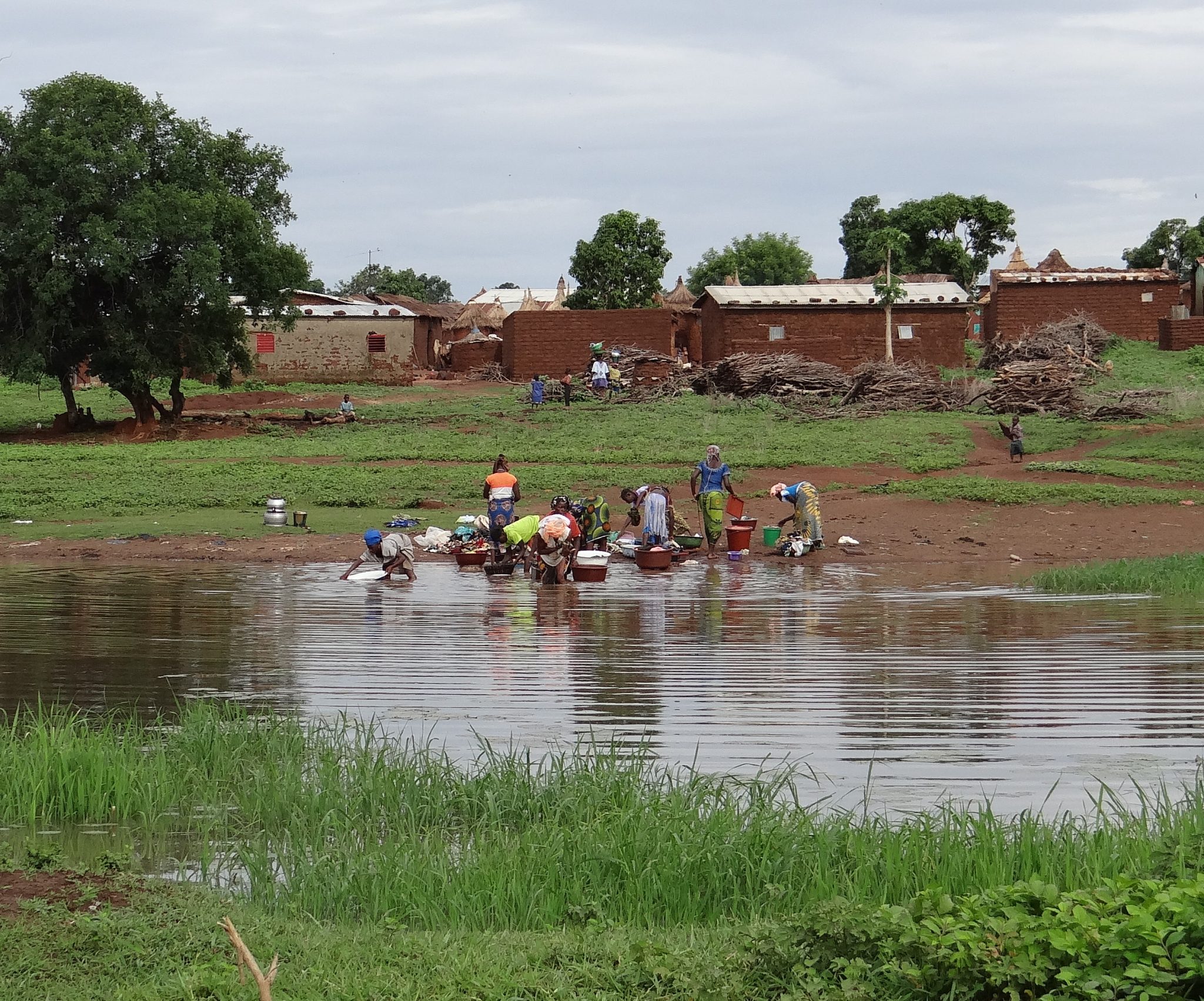Upper Midwest Sheep Farmers Working in Mali, W. Africa? Why?
This question is often asked in various forms: “What do you (sheep and goat producers from Wisconsin) have to offer sheep producers in Mali?” Sometimes the tone of the question is curious, or amused, or sarcastic. Sometimes the question is asked just by a questioning look. Often the question is followed by a puzzled but isn’t Mali a desert or where exactly is Mali? The largest country in West Africa, the homeland of Timbuktu (the ancient city that once controlled trans-Saharan trade routes) and crossed by the Niger River (the largest river in West Africa) is not familiar to many. We love the people of Mali and have had the opportunity to complete 6 Farmer-to-Farmer assignments in Mali since 2010. So why?
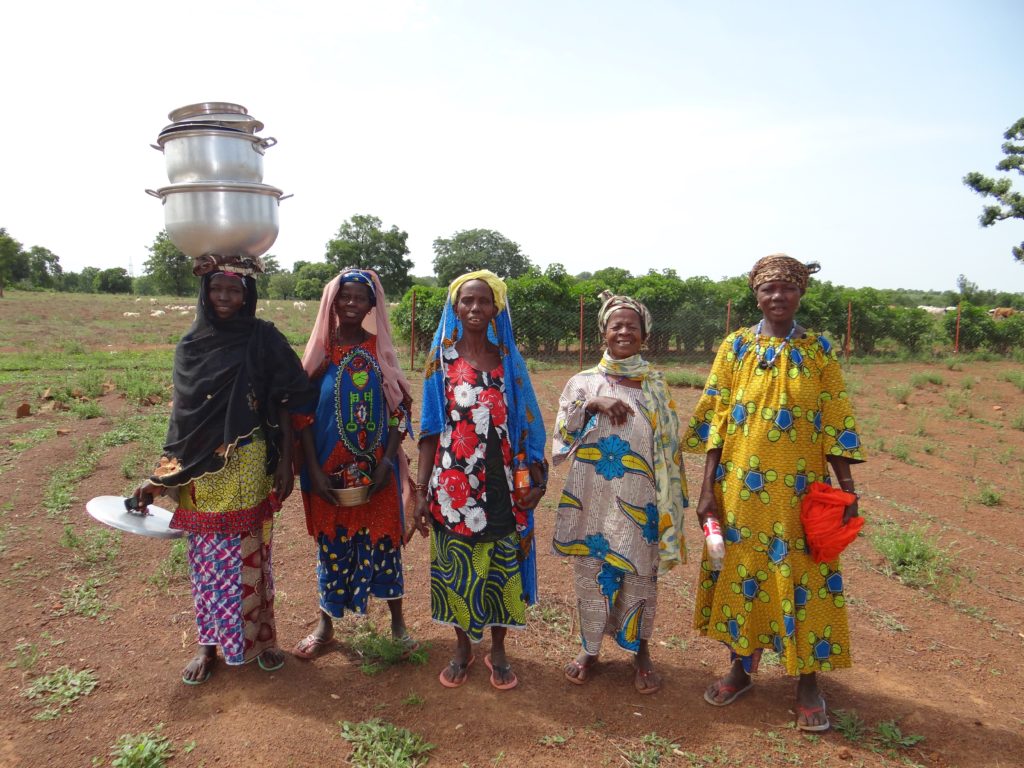
Although, throughout Mali’s history, sheep and goats have been raised within a semi-nomadic tradition in the northern, arid areas of Mali the farmers in the fertile southern areas are more commonly crop producers. Family income is generated from cotton, maize, rice, sweet potatoes and peanuts. Sheep and goats add occasional meat to the diet but do not generate significant income. But as the environment in northern Mali becomes less hospitable to nomadic herds, the growing southern, urban markets are becoming more desperate for additional protein sources. To meet this market opportunity many farmers in the southern areas are organizing as cooperatives with the purpose of raising significant numbers of sheep as a business. There are adequate grazing and crop byproduct resources but standard nutritional and health requirements are not thoroughly understood by these entrepreneurs.
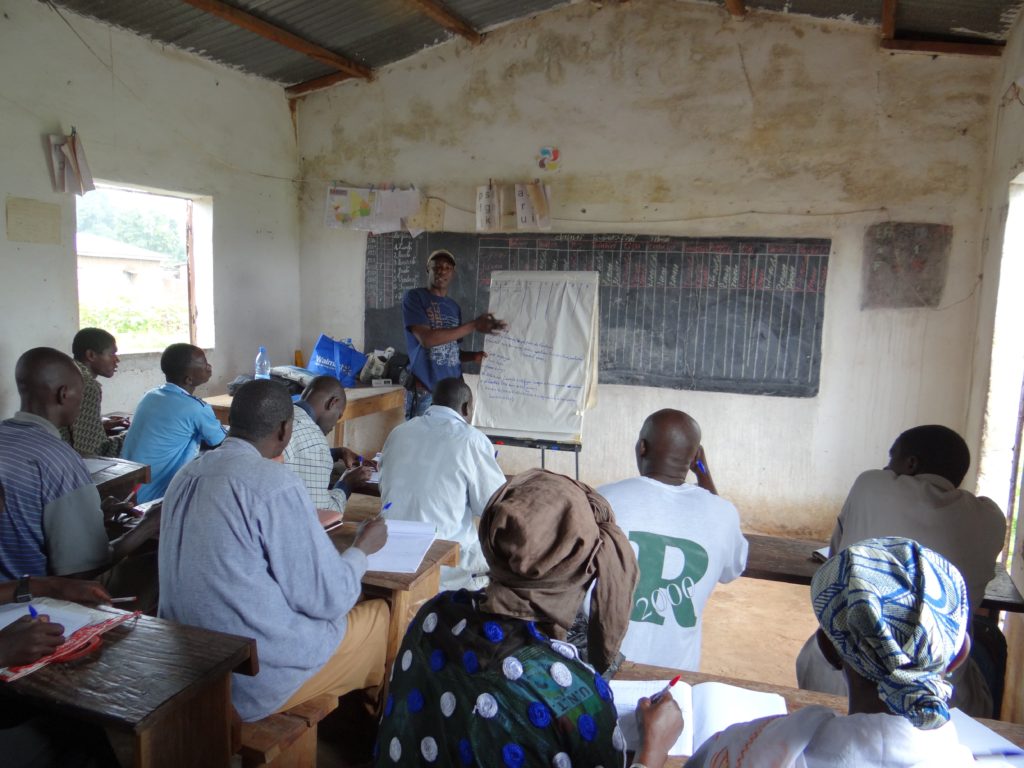
For two assignments, a World Bank funded rural community development organization, recognized this opportunity and provided a few farmer cooperatives start-up funds to enter the sheep production business. Acreage has been fenced, shelters built, breeding stock purchased with a 90% to 10% producer match. Winrock International’s Farmer-to-Farmer program was contacted to provide business and production support. Traditionally sheep and goats are allowed to scavenge for feed and while they are quite capable of surviving with minimal inputs in small numbers with expansion problems occur. A few head of sheep and goats are relatively easy for a household to manage along with their crop priorities. As the number increases livestock management becomes more time-consuming, critical and complex. Issues of sudden expansion include:
- Adding animals to community flocks readily introduce and spread contagious diseases,
- Increased grazing pressure on common lands causes overgrazing of nearby areas and the spread of disease,
- Management requirements increase (i.e., nutrition, sanitation, disease prevention, newborn and growing young stock care),
- Improved genetic potential of crossing the Sahelian (desert breed), Bali-Bali (improved breed) and the Djallonke (variety of the west African dwarf) requires record keeping and animal selection criteria.
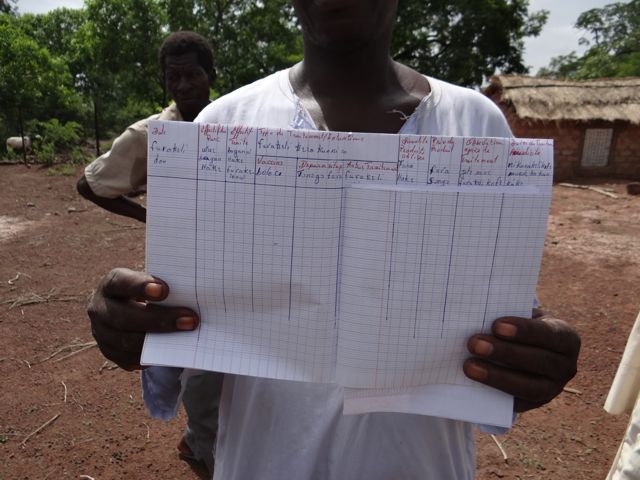

Where to start? We start with the farmers. What are their concerns, questions, goals and hopes? As expressed by the president of one cooperative: “Maybe we will have a new vision for our animals” (Dladie participant).
Next is to simply observe the flocks behavior. This is similar to pasture walks in the US where peers share ideas, observations and questions while problem solving. “I didn’t know how to do so…. but the group felt comfortable and happy… I could finally ask my questions…” (woman participant at Dladie).
What are they eating? Where do they drink? How are they moving? Is any animal lagging behind, limping, acting depressed. Health or problems can be observed from a distance. “We didn’t put our attention on our animals—now we will pay more attention” (Bilasso participant).
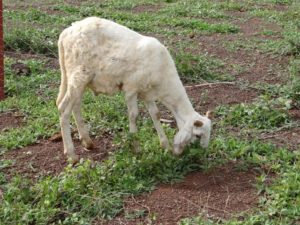
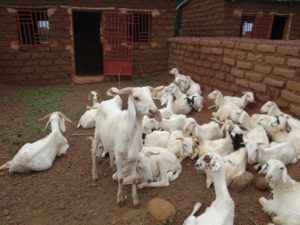
What are methods of physically handling sheep and goats calmly without causing distress. What is good body condition and what does it feel like to the touch. What else is important to notice when examining such as the inner eyelids, ears, nose, teeth, lungs, temperature. What are the nutrition requirements at different life stages. Laboratory nutrient reports for calculating rations are not generally available in rural villages. The next best thing to determine health and if the nutrient requirements are being met is observation and simple physical examinations. Sanitation, manure and adequate clean water become issues when numbers increase and livestock are provided shelters. “We are awakened from our sleep and know now how to better manage our sheep and goats” (Lofine participant).
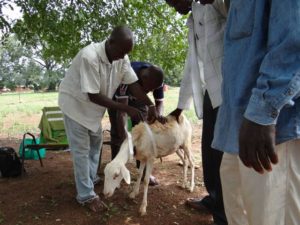

Our challenges are similar. We all struggle to make the best management decisions concerning input costs versus marketing options. We all have the challenge of balancing the needs of livestock with available resources. Transferring knowledge to practice, evaluating results, correcting and continuing to improve step by step require basic problem solving skills we all have experience using in many areas of our lives. Recognizing and applying this basic knowledge to our sheep and goats is a first step. “…neither the light of the sun or the light of the moon together is as bright as the light of knowledge brought to this village…” (Lofine participant).
Why we return: …even if I am called in the middle of the night to attend a training I would now hurry to do so….come back…we will show you how we listened…how we will apply this….” (Dladie participant). And so we return.
